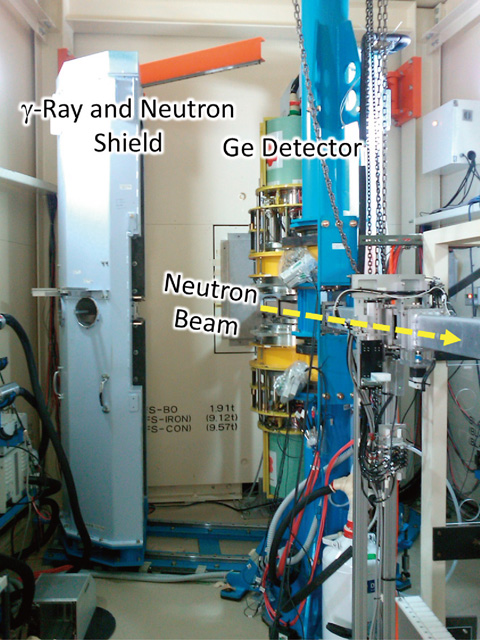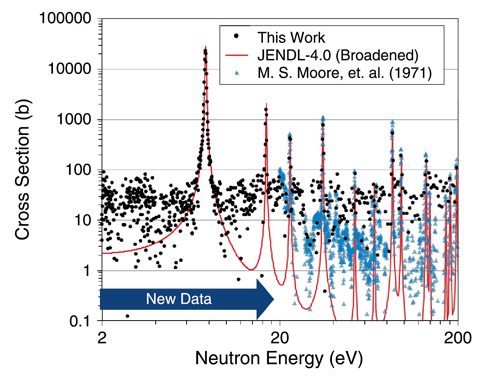
Fig. 8-4 Photo of an array of Ge detectors in ANNRI

Fig. 8-5 Measured neutron capture cross sections of 244Cm (●)
Accurate neutron capture cross section data for minor actinides (MAs) and long-lived fission products (LLFPs) are required in order to estimate the production and transmutation rates for developing innovative nuclear systems. To satisfy this requirement, the Accurate Neutron-Nucleus Reaction measurement Instrument (ANNRI, Fig.8-4) has been developed in the Material and Life Science Experimental Facility of the Japan Proton Accelerator Research Complex. A series of neutron capture cross-section measurements have been begun with ANNRI.
244Cm is one of the most important MAs. However, there is only one reported experimental data set, which was obtained in 1969 using a nuclear explosion. The difficulties associated with experiments are as follows:
● Because strong decay γ-rays from 244Cm produce a severe dead time, deduced cross sections have a large error due to the dead time correction. (The radioactivity of our sample was 1.8 GBq.)
● Because it is difficult to obtain and handle 244Cm samples, uncertainties in the sample amounts become quite large. (The uncertainty of our sample was about 16%.)
● Because the detectors are sensitive to fission events, a ratio of the sensitivity to fission events to the sensitivity to capture events must be evaluated.
To overcome these difficulties, we have developed the following new techniques:
● An accurate dead time correction method using random timing pulses
● A normalization technique at the first resonance of 240Pu, which is the daughter nuclide of 244Cm, to reduce the uncertainty in the sample amount
● A method of evaluating the sensitivity ratio at the first resonance of 245Cm, which has a large fission cross section
Using these techniques, we obtained the neutron capture cross sections of 244Cm, as shown in Fig.8-5. The resonances at around 7.7 and 16.8 eV were observed in the capture reactions for the first time. An uncertainty of 5.8% was achieved at the top of the first resonance of 244Cm.
Currently, in addition to 244Cm, analyses of 246Cm and 237Np have been completed, and analyses of 241Am, 129I, 107Pd, 99Tc, and 93Zr are in progress. These results will make significant contributions in the development of innovative nuclear systems.
The present study includes the results of “Study on nuclear data by using a high-intensity-pulsed neutron source for an advanced nuclear system” entrusted to Hokkaido University by the Ministry of Education, Culture, Sports, Science and Technology of Japan (MEXT). This project is partly supported by a JSPS Grant-in-Aid for Scientific Research (S), Grant No.22226016, and by a Grant-in-Aid Young Scientific (B), Grant No.22760675.
<Previous: 8 Nuclear Science and Engineering Research | Next: 8-2 >